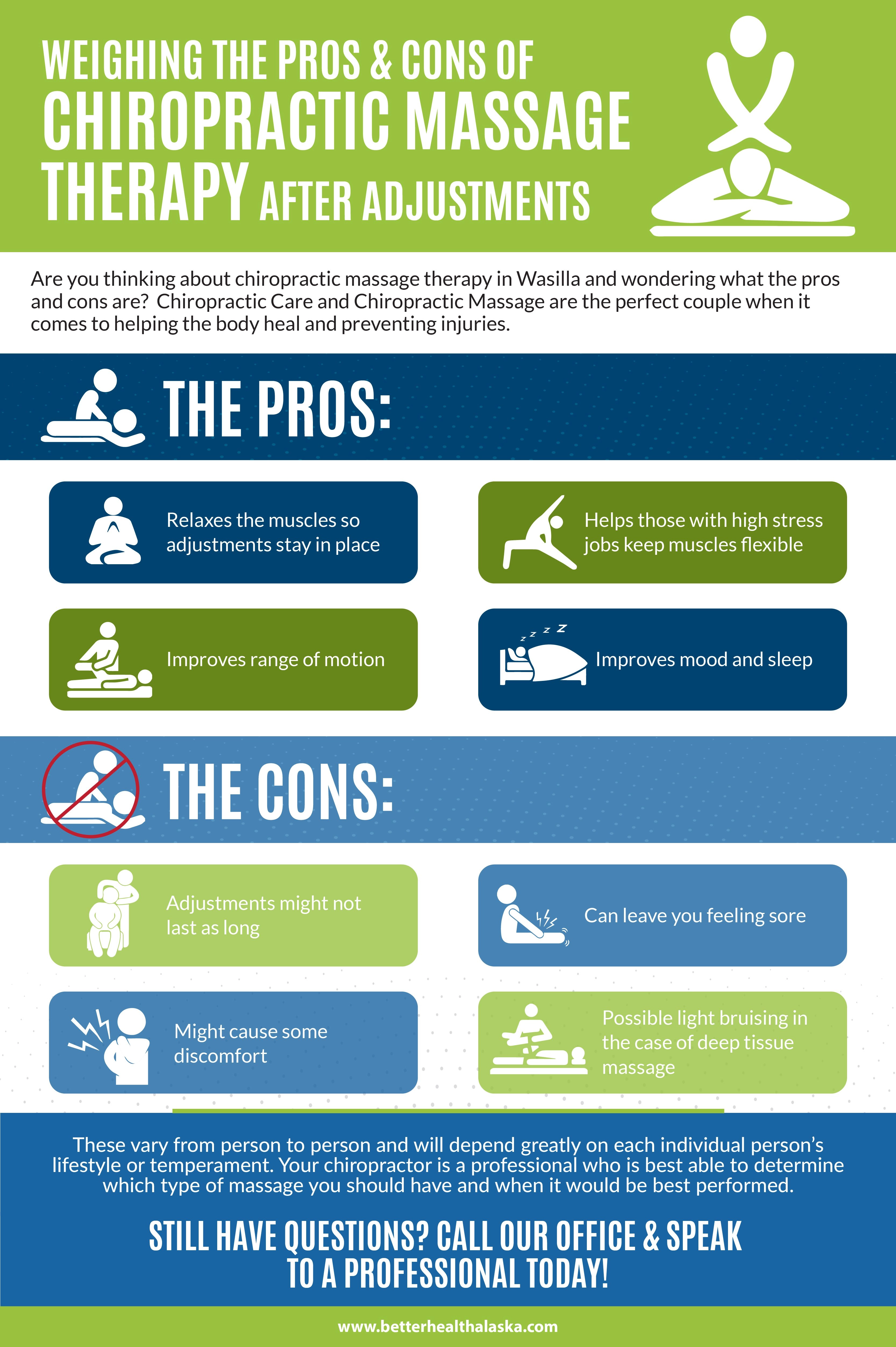When it comes to understanding cold laser therapy, there's a fascinating world of science waiting to be explored. The intricate methods which low-level light engages with your body's cells to advertise healing may shock you. From improving mobile function to lowering swelling and enhancing overall well-being, the science behind this treatment holds several keys that can benefit your health in unexpected means. Interested by how these light waves work their magic? Allow's unwind the enigmas together.
How Cold Laser Treatment Works
To comprehend just how cold laser treatment functions, consider its capacity to pass through the skin and promote recovery at a cellular degree. When the cold laser is applied to the targeted location, it produces a low-level light that can penetrate several centimeters below the skin. This light connects with the cells in the tissues, triggering a series of organic responses.
The photons of light power are soaked up by the mitochondria, the powerhouse of the cell. This stimulation enhances cellular function, advertising the production of ATP, which is necessary for mobile power. As a result, the cells have a lot more energy to fix and restore, increasing the healing procedure.
Moreover, cold laser treatment also aids in decreasing swelling and enhancing blood flow in the afflicted area. By decreasing swelling, it assists to ease discomfort and swelling. The enhanced blood circulation brings more oxygen and nutrients to the cells, better supporting the healing procedure at a mobile degree.
Systems of Action
Understanding the mechanisms of action behind cold laser treatment provides insight into its effectiveness in advertising cellular healing and lowering inflammation.
When the cold laser is applied to the skin, it penetrates the targeted tissue without heating or harming it. red light therapy of light produced by the laser are taken in by the mitochondria in the cells, where they stimulate the manufacturing of adenosine triphosphate (ATP), the energy currency of the cell. This rise in ATP production boosts cellular metabolism, resulting in sped up recovery processes.
Moreover, cold laser therapy helps to reduce inflammation by turning on the lymphatic drainage system, which assists in removing excess fluid and waste items from the affected area. picosure laser near me stimulates the launch of anti-inflammatory moderators, such as nitric oxide, which play an important role in wetting the inflammatory feedback.
Perks and Applications
Discovering the various benefits and sensible applications of cold laser therapy unveils its convenience in treating a variety of conditions effectively. This non-invasive treatment choice is known for promoting tissue repair service and minimizing inflammation.
One significant advantage is its ability to accelerate the recovery process for injuries such as strains, stress, and tendonitis. Cold laser treatment is also used for pain management in conditions like joint inflammation, fibromyalgia, and neuropathy, providing alleviation without the demand for medicine.
Past pain alleviation, cold laser therapy has shown guarantee in dermatological applications by promoting collagen manufacturing, which can improve skin tone and structure. In addition, it's progressively used in sports medicine to boost efficiency, speed up recovery, and relieve muscle exhaustion.
In addition, this therapy aids in reducing scar tissue development and can be helpful in post-surgical rehabilitation.
Final thought
You currently comprehend the science behind cold laser treatment and its advantages for healing, pain management, skin health and wellness, sports efficiency, and post-surgical rehab.
By making use of low-level light to stimulate cellular recovery, this treatment uses a non-invasive and effective therapy choice for a variety of conditions.
With its capability to enhance mobile function and advertise healing procedures, cold laser treatment is a valuable tool in modern-day medical care.
